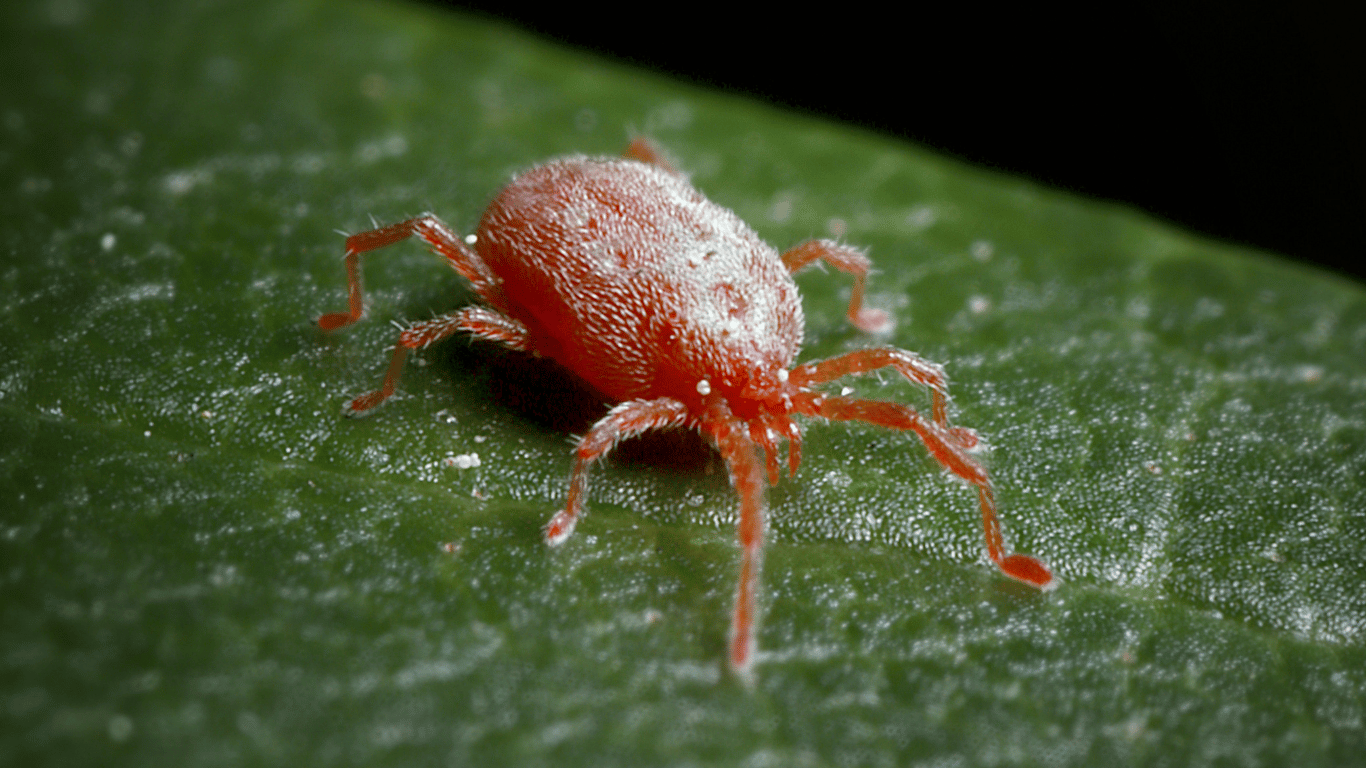Gardening is a joyful pursuit, yet it comes with its challenges, namely garden pests. These tiny invaders can wreak havoc on your carefully tended plants.
Understanding them is the first step in effective control.
This guide introduces you to ten common garden pests, explains the plants they target, and offers natural remedies to keep them at bay.
Equip yourself with the knowledge to protect your garden and enjoy a thriving, pest-free environment.
1. Aphids
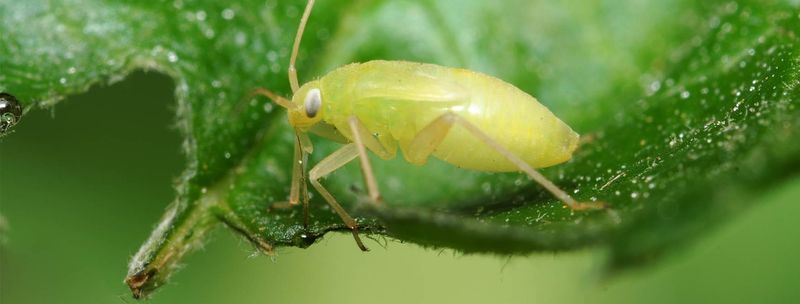
Aphids, tiny sap-sucking insects, often cluster on new plant growth. They favor roses and vegetables, weakening plants by draining their sap.
Natural predators like ladybugs can control them. Alternatively, a gentle spray of soapy water can dislodge these pests.
These silent invaders work fast, so vigilance is key. Check your plants frequently to catch them early. Aphids can also spread diseases, making prompt action essential.
Don’t let their small size fool you; they can cause big problems!
2. Cutworms
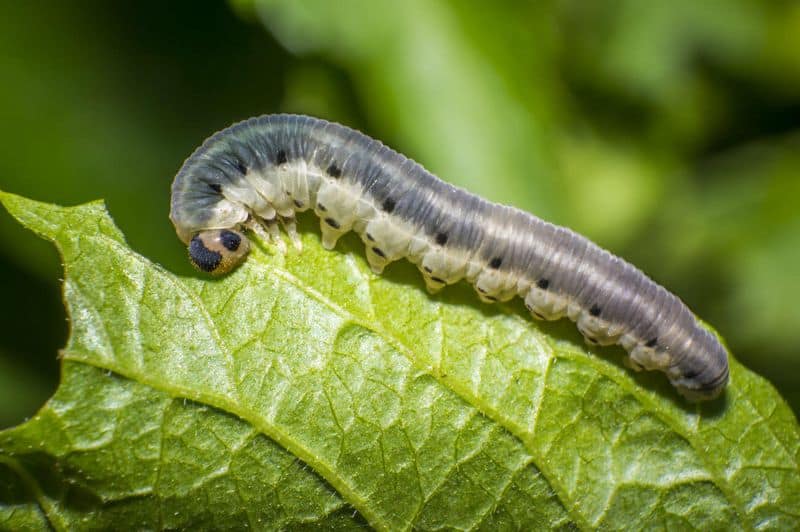
Cutworms are nocturnal caterpillars that sever young plant stems at the soil line. They target seedlings, causing sudden wilting.
Hand-picking at night or using collars around stems can deter them. These sneaky pests hide in the soil by day, emerging only under the cloak of darkness.
Protect your tender seedlings with vigilance and simple barriers. Catching them early is crucial to prevent serious damage.
They may not be visible at first glance, but their impact is unmistakable.
3. Japanese Beetles

Japanese beetles are voracious feeders, skeletonizing leaves on roses and fruit trees. Their metallic green bodies make them easy to spot.
Hand-picking and trapping can reduce their numbers naturally. Despite their small size, they have a big appetite for garden foliage.
Regularly inspect your plants and remove them to minimize damage. They are not just destructive but also quite resilient, requiring persistent efforts to control.
Their shimmering appearance belies their harmful nature.
4. Slugs and Snails
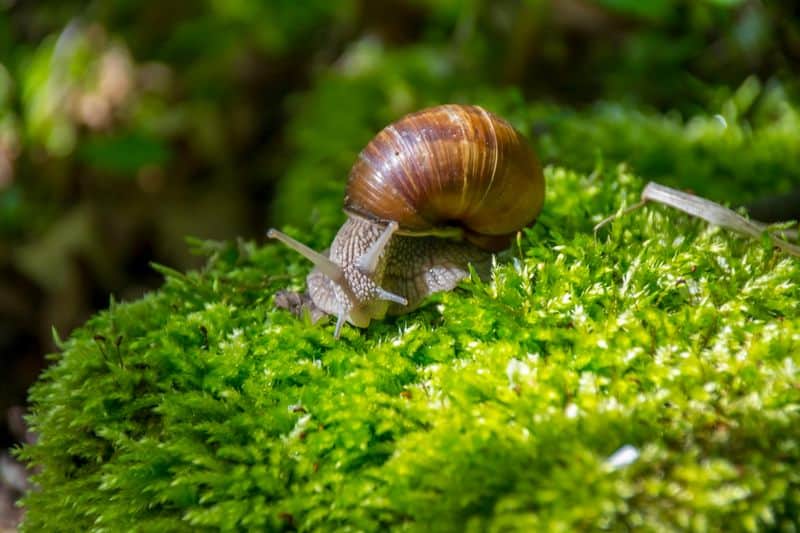
Slugs and snails are notorious for munching on leafy greens. They leave behind ragged holes and shiny slime trails. Beer traps or copper tape can keep them at bay.
These slimy creatures are most active at night or in damp conditions. Protect your plants by ensuring good drainage and using natural repellents.
Their trails may shimmer in the sunlight, but they’re a gardener’s bane. Quick action can save your greens from becoming a midnight feast for these mollusks.
5. Spider Mites
Spider mites thrive in hot, dry conditions, spinning webs on the underside of leaves. They affect a variety of plants, causing yellowing and stunted growth.
Increase humidity or introduce predatory insects as natural solutions. These minuscule arachnids may be hard to see, but their webs give them away.
Regular misting can deter them, as they hate moisture. Be proactive in spotting their presence to prevent extensive damage.
A vigilant gardener knows to look beyond the obvious.
6. Cabbage White Caterpillars
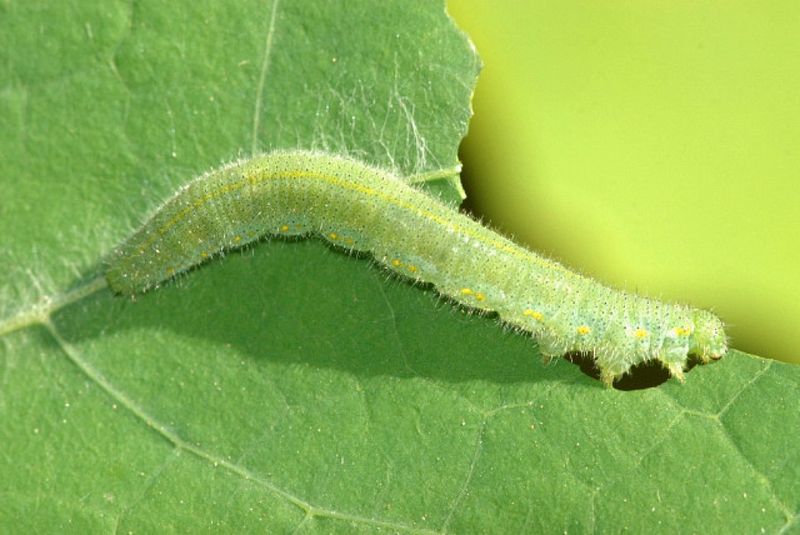
Cabbage white caterpillars, notorious for devouring cabbage and broccoli leaves, often go unnoticed until damage is visible.
A visual inspection can save your crops. Hand-picking or using floating row covers are effective methods. Ironically, their beauty in flight contrasts with their destructive habits.
These caterpillars can quickly strip a plant bare, so act fast.
Encouraging birds in your garden can serve as a natural deterrent. Despite their pretty appearance, they’re every gardener’s foe.
7. Thrips
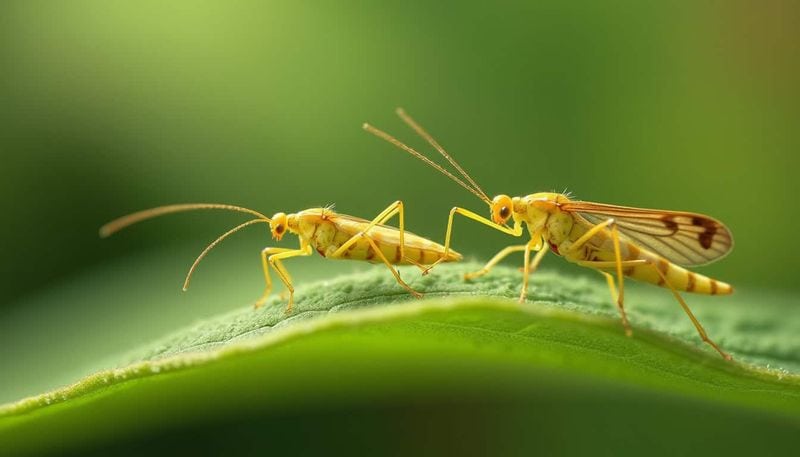
Thrips are tiny insects that puncture plant cells to feed, causing silvery streaks on flowers and leaves. They often go undetected until damage appears.
Sticky traps or insecticidal soap can help manage them. These minute pests are elusive, darting away quickly when disturbed.
Regularly check your plants, focusing on buds and flowers. Despite their size, thrips can significantly impact plant health.
Their subtle presence requires keen observation for early detection and control.
8. Whiteflies
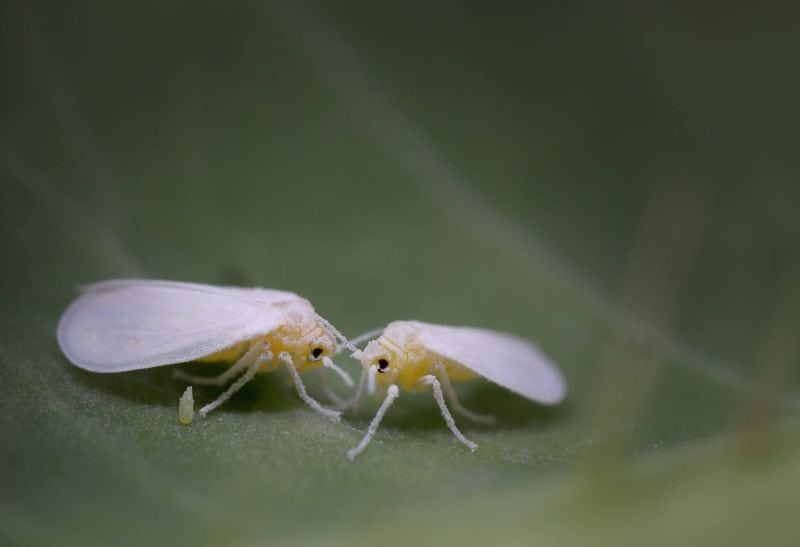
Whiteflies, resembling tiny white moths, are often found on the underside of leaves. They sap nutrients, leading to yellowing and wilting.
Natural predators like lacewings can keep them in check. Sticky traps are also effective. Despite their delicate appearance, these pests are tenacious.
Regular monitoring is essential to prevent infestations. Whiteflies are quick to multiply, turning a small problem into a large one.
Their fluttering presence in the garden is both enchanting and exasperating.
9. Scale Insects
Scale insects, small yet impactful, attach themselves to stems and leaves, sucking plant sap. They often appear as small bumps.
Pruning and horticultural oils can control them. These insects disguise themselves well, mimicking the plant surface.
Regular checks and early action can prevent considerable damage. Despite their nondescript appearance, they can weaken a plant.
Be proactive with inspections, as scale can spread rapidly. Their subtle presence requires a discerning eye to spot.
10. Earwigs
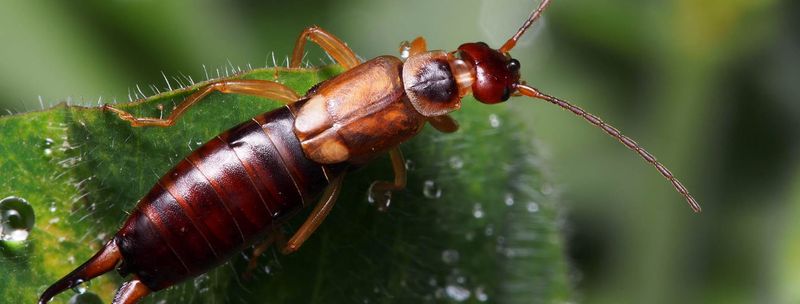
Earwigs, with their distinctive pincers, feed on decaying plant material and sometimes live plants. They prefer dark, damp areas.
Rolled-up newspapers or oil traps can capture them. Their presence might seem alarming, but they also eat other pests.
Balance is key in controlling earwigs to avoid plant damage. Encourage natural predators to help maintain this balance.
Despite their fearsome appearance, earwigs play a dual role in the garden as both pest and helper.


